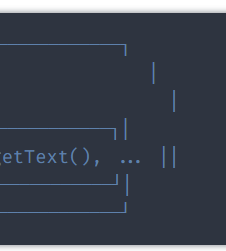If you lease you car you have to give it back.
If you license your games for the duration of them being active, then it makes sense.
The biggest issue, miscommunication, and often illegal practice is calling it buying when it is only a limited subscription. IIRC Steam recently (finally had to) change the wording away from "buying". Because it's not buying if you don't own the product afterwards.

Sharing, because I had to look up Abstract Wikipedia